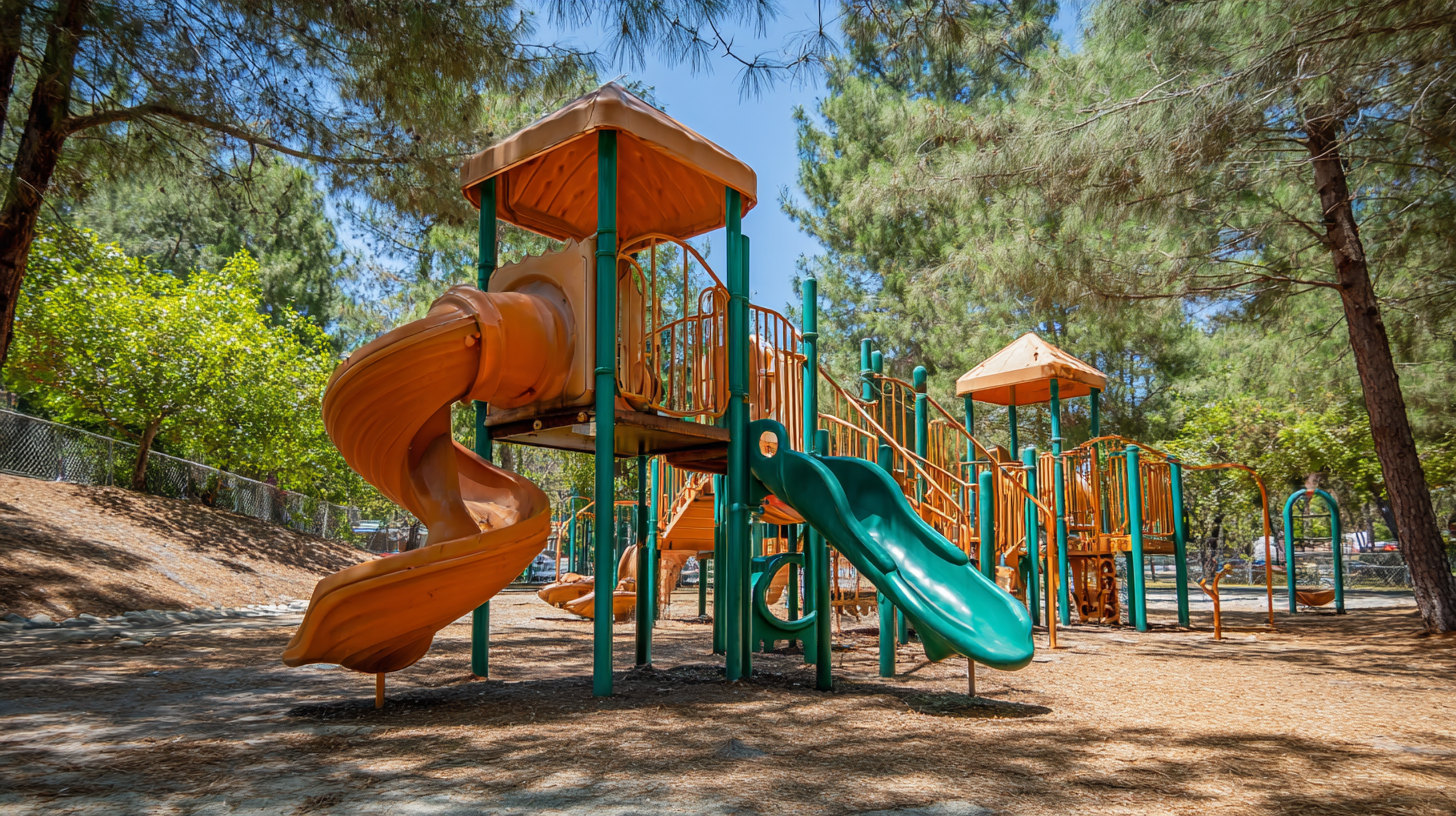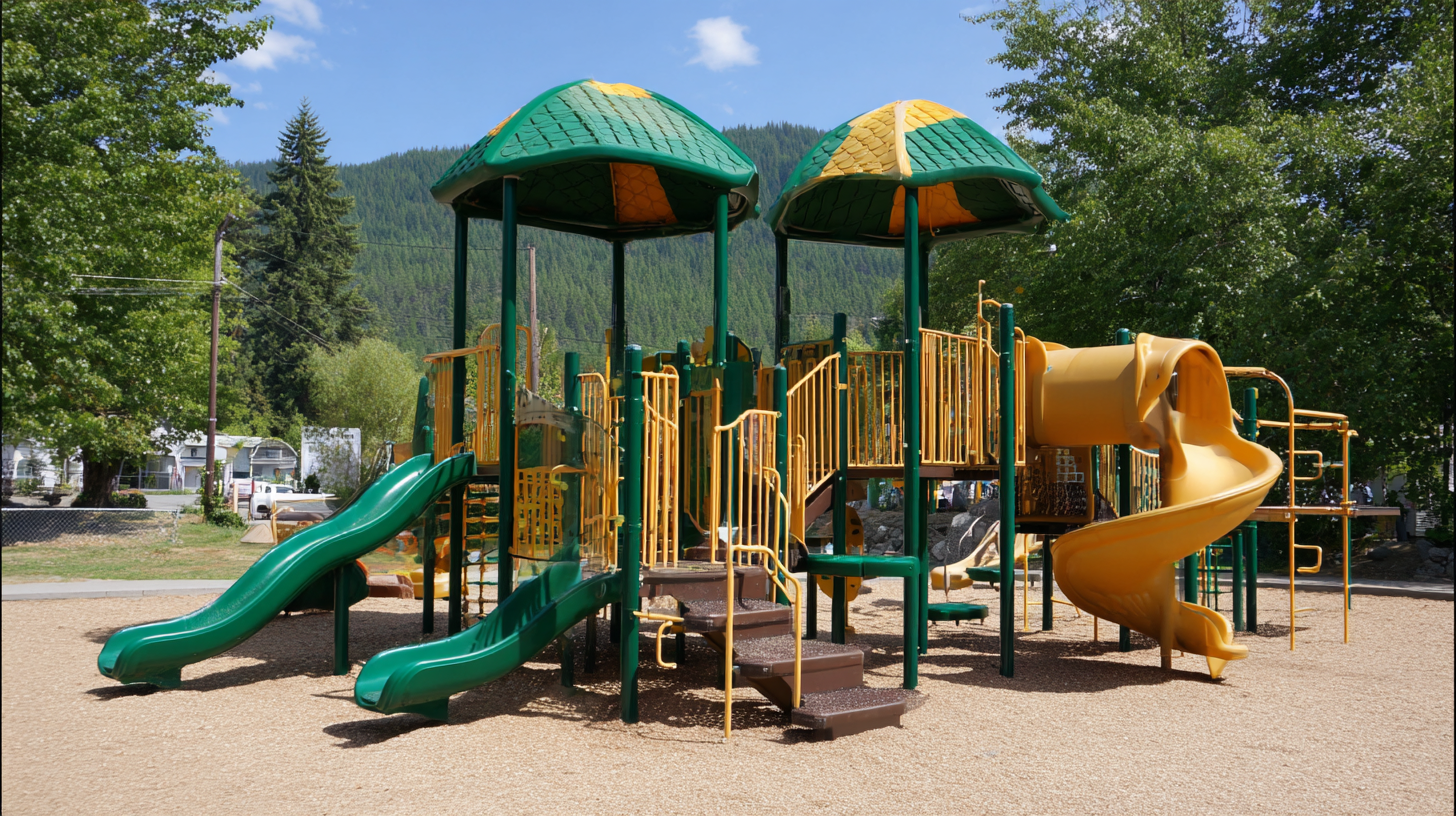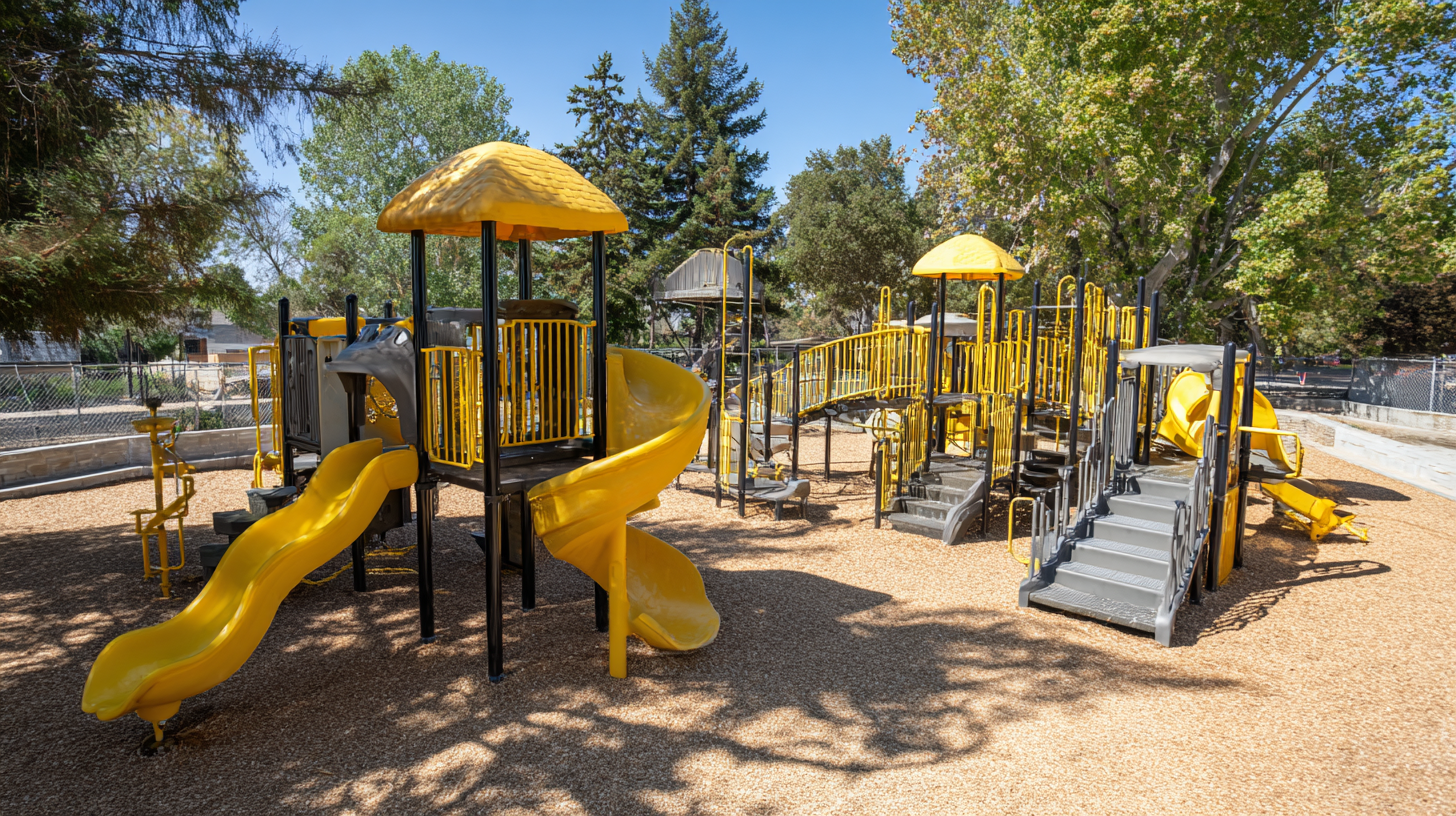 +86-13901441113
+86-13901441113




In the competitive landscape of public spaces, the quality of a "Playground In The Park" significantly impacts community engagement and children's development. According to a report by the National Recreation and Park Association (NRPA), well-designed and maintained playgrounds can enhance physical activity by 40%, fostering healthier lifestyles among children. Furthermore, the International Play Equipment Manufacturers Association (IPEMA) highlights that regular maintenance not only extends the lifespan of playground equipment but also ensures safety, reducing the risk of injuries by 30%. As communities increasingly invest in playgrounds to create inviting environments, maximizing their value through effective after-sales support and maintenance becomes essential. In this guide, we will explore best practices to maintain these vital community assets, ensuring they continue to serve as safe, enjoyable spaces for generations to come.

Proper maintenance of playground equipment is essential to maximize its lifespan and ensure the safety of children at play. Regular inspections should be conducted to identify any signs of wear and tear, such as rusted metal parts or loose bolts. By addressing these issues promptly, facilities can prevent minor problems from escalating into major repairs. Additionally, ensuring that surfaces beneath and around the equipment are well maintained can reduce the impact of falls and enhance the overall safety of the playground.
Cleaning is another critical aspect of maintenance. Weather elements and regular use can lead to dirt, debris, and even microbial growth on equipment. Routine cleaning not only keeps the playground visually appealing but also helps mitigate health risks. Using non-toxic cleaning agents is advisable to maintain a safe environment for children. Furthermore, applying protective coatings can extend the life of wooden structures and metal components, providing a barrier against harsh weather conditions.
Lastly, keeping up with manufacturer recommendations for maintenance and replacement schedules for parts can significantly benefit playground longevity. Engaging with professional services for regular maintenance checks can ensure that all equipment remains compliant with safety standards, offering peace of mind for parents and guardians who frequent the park.

After sales support is vital in enhancing the longevity and value of playground equipment. According to the National Association of State Boards of Education, 60% of playground-related injuries occur due to improper maintenance. Regular inspections and maintenance not only ensure the safety of children but also extend the life of the equipment, maximizing the initial investment. Providing comprehensive support, such as offering replacement parts and quick-response maintenance services, can significantly uplift the overall user experience.

Moreover, an engaging after sales support strategy fosters customer loyalty and satisfaction. A report from IBISWorld indicates that businesses that prioritize after sales support see a 25% increase in repeat customers. By offering educational resources on playground care and development workshops for maintenance staff, manufacturers can empower their clients, ensuring their facilities remain safe, enjoyable, and compliant with industry standards. This proactive approach not only enhances the perceived value of playground equipment but also contributes to a community's overall well-being.
In the landscape of playground solutions, the relationship between manufacturers and clients significantly impacts the long-term success of playground installations. A recent industry report by the International Playground Equipment Manufacturers Association (IPEMA) highlights that 75% of maintenance issues stem from equipment sourced from unreliable manufacturers. Trustworthy manufacturers not only provide quality materials but also offer imperative after-sales support, which is crucial for maintaining safety and usability in public play areas.
To ensure a sustainable playground environment, selecting a manufacturer with a solid reputation is pivotal. Here are a few tips:
Reliable manufacturers often provide comprehensive warranties and maintenance services. Investing in playground solutions backed by solid support can significantly reduce overall costs and downtime, ensuring playgrounds remain safe and enjoyable for children. According to a recent study by the National Association of State Park Directors, consistent maintenance can extend the lifespan of playground equipment by up to 40%, thereby maximizing value for parks and communities.
Creating and maintaining safe play environments in parks is essential for promoting healthy outdoor activity among children. Regular inspections play a crucial role in ensuring that playground equipment remains safe and functional. The National Playground Safety Institute (NPSI) recommends conducting inspections at least once a month. Reports indicate that nearly 75% of playground injuries are preventable through proper maintenance and regular checks. This emphasizes the need for park administrators to adopt a proactive approach to playground safety.
In addition to inspections, routine upkeep is vital for extending the lifespan of playground equipment and ensuring user safety. According to the Consumer Product Safety Commission (CPSC), over 200,000 children are treated for playground-related injuries each year. Implementing a comprehensive maintenance plan can mitigate many of these risks. Regular tasks should include checking for loose bolts, ensuring the stability of structures, and replacing worn safety surfacing. By investing in consistent inspections and maintenance, parks can create a secure environment that encourages ongoing play and reduces the likelihood of accidents.
When it comes to playgrounds, maintaining and upgrading them doesn't have to break the bank. Innovative maintenance strategies can breathe new life into existing playgrounds while keeping costs manageable. One effective approach is to implement a regular inspection schedule that identifies wear and tear early. By addressing minor issues before they escalate, parks can save on more extensive repairs down the line.
Additionally, investing in durable materials for ground surfaces and equipment can significantly reduce maintenance costs over time.
Another cost-effective upgrade strategy is to focus on enhancing the user experience with simple yet impactful changes. Incorporating elements such as shade structures or interactive games can attract more visitors without a hefty price tag. Moreover, engaging the community in planning upgrades can foster a sense of ownership and ensure that the changes meet the needs of local families.
By prioritizing these maintenance strategies and upgrades, parks can maximize their value and create a safe, enjoyable environment for children to play and grow.